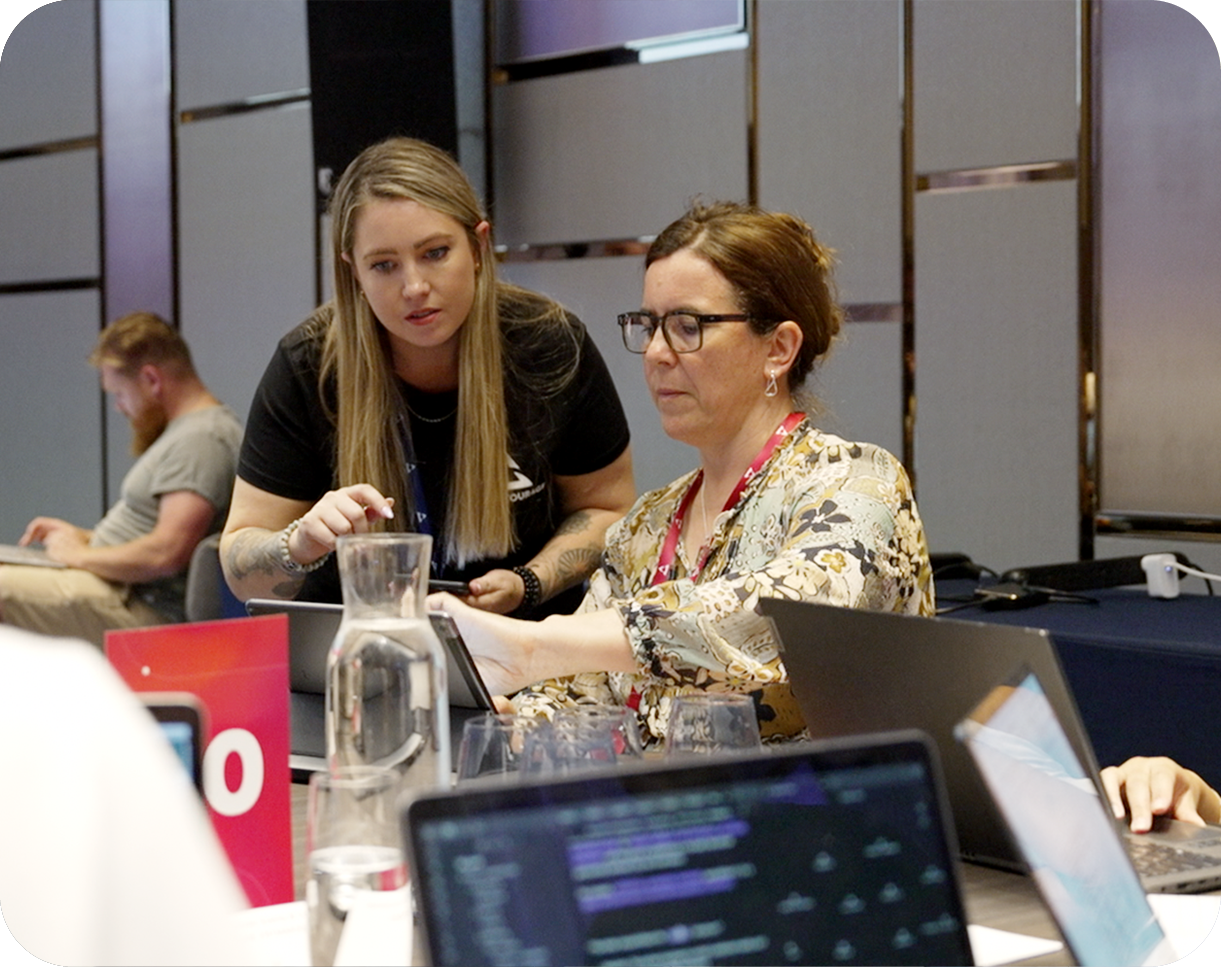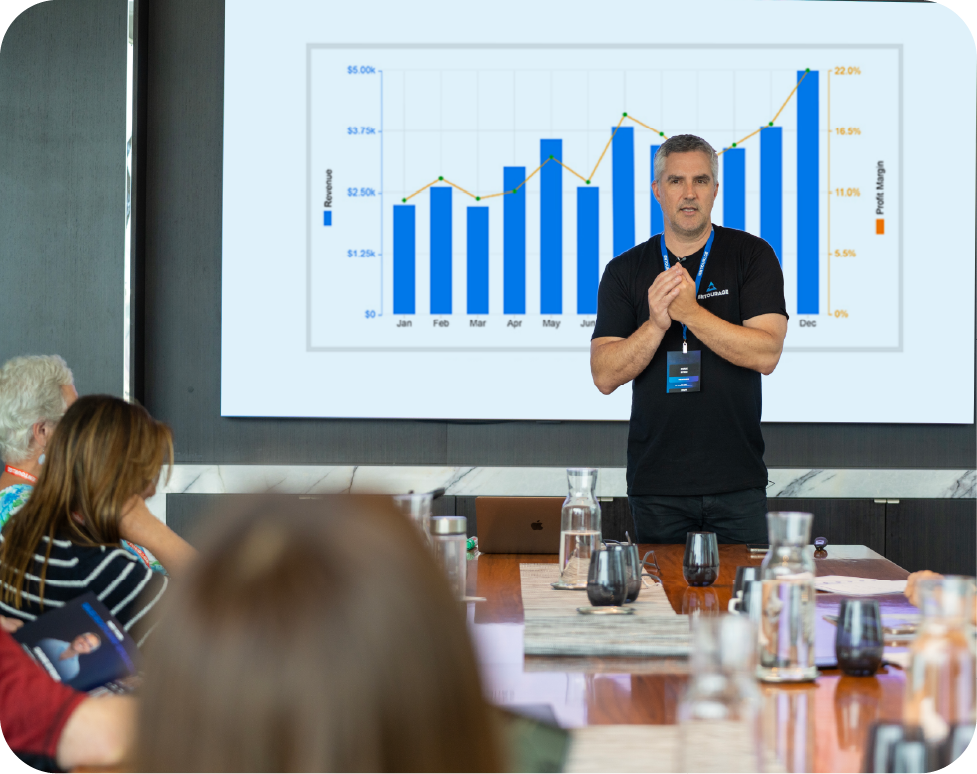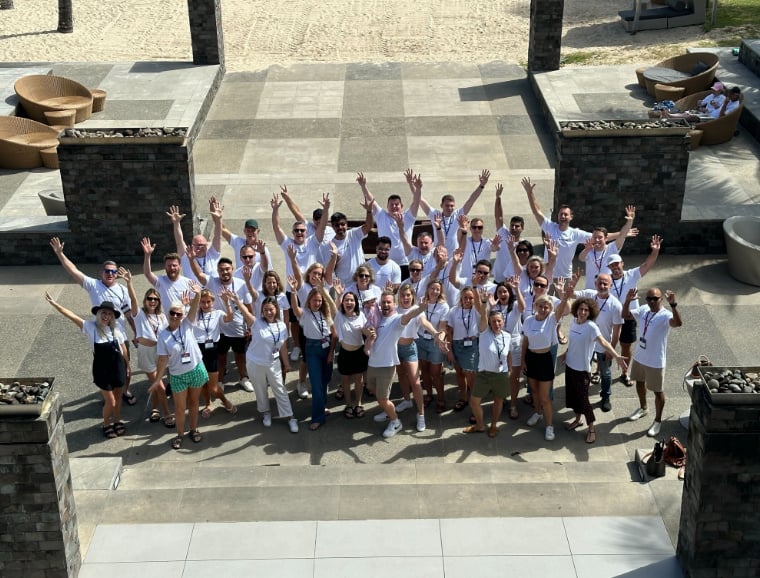Decision-making in projects is often difficult. Deadlines, data gaps, and competing priorities make the stakes feel even higher.
But what if you had the tools to clear your head? Methods designed to cut through uncertainty and simplify choices?
There are several cognitive techniques that project managers can use daily for better clarity and confidence. Here are a handful of strategies that can shift how you approach complex decisions.
How Cognitive Restructuring Helps Manage Decision Paralysis
Cognitive restructuring reframing negative thought patterns. When decision paralysis strikes, it’s often fueled by catastrophic thinking or perfectionism. The answer to this is understanding irrational fear so you can overcome it.
Ask yourself: “What’s the worst that could happen?” Then counter it with evidence-based reasoning. Often, you’ll see the fears aren’t as dire as they seem.
It’s like untangling a knot, where each thread is a false belief you can gently unwind to reveal clarity. For project managers, this means transforming overwhelming decisions into smaller, manageable steps without overthinking outcomes.
Practical Applications of Behavioral Experimentation in Projects
Behavioral experimentation tests assumptions by acting on small, low-risk steps. Instead of overanalyzing outcomes, you gather real-world feedback to guide decisions.
For instance, if you are unsure about adopting a new tool, test it with a single team first and evaluate its impact before scaling further. It’s like dipping your toe into the water instead of diving headfirst, as you gain insight without major consequences.
This method builds momentum and reduces project managers' fear of failure. By learning through controlled action rather than guesswork, decision-making becomes an informed process based on practical results instead of hypothetical fears or biases.
Recognizing and Overcoming the Influence of Anchoring Bias on Choices
Anchoring bias happens when an initial piece of information disproportionately influences decisions. For project managers, this might mean sticking too closely to early estimates or ideas, even when new data suggests otherwise.
Combat it by consciously seeking alternative perspectives. For example, ask team members for fresh input without revealing original figures or proposals upfront. It’s the same as wiping a smudged lens clean before trying to view a clear picture.
This approach ensures choices reflect current realities rather than outdated anchors, leading to better outcomes that adapt to evolving project dynamics instead of rigid assumptions formed prematurely.
The Role of Emotional Regulation in Sound Decision-Making
Emotions often cloud judgment, especially under pressure. Practicing emotional regulation helps project managers make clear-headed choices. Depending on your management style, you may do this naturally. If not, proactive intervention is necessary.
Pause when overwhelmed and use grounding techniques like deep breathing or focusing on immediate, controllable factors.
Staying calm means you can distinguish between rational concerns and emotional reactions, avoiding snap decisions driven by stress or frustration. Regular self-awareness practices ensure emotions inform rather than dominate decision-making processes. It is also an important step on the road to mastering leadership skills.
The Last Word
Decisions shape every project’s outcome. Cognitive tools like restructuring thoughts, testing assumptions, or regulating emotions can simplify even the toughest choices. These methods reduce stress, enable clarity, and catalyze confidence for consistent success in any project environment.
Related Categories
Ryan Terrey
As Director of Marketing at The Entourage, Ryan Terrey is primarily focused on driving growth for companies through lead generation strategies. With a strong background in SEO/SEM, PPC and CRO from working in Sympli and InfoTrack, Ryan not only helps The Entourage brand grow and reach our target audience through campaigns that are creative, insightful and analytically driven, but also that of our 6, 7 and 8 figure members' audiences too.





